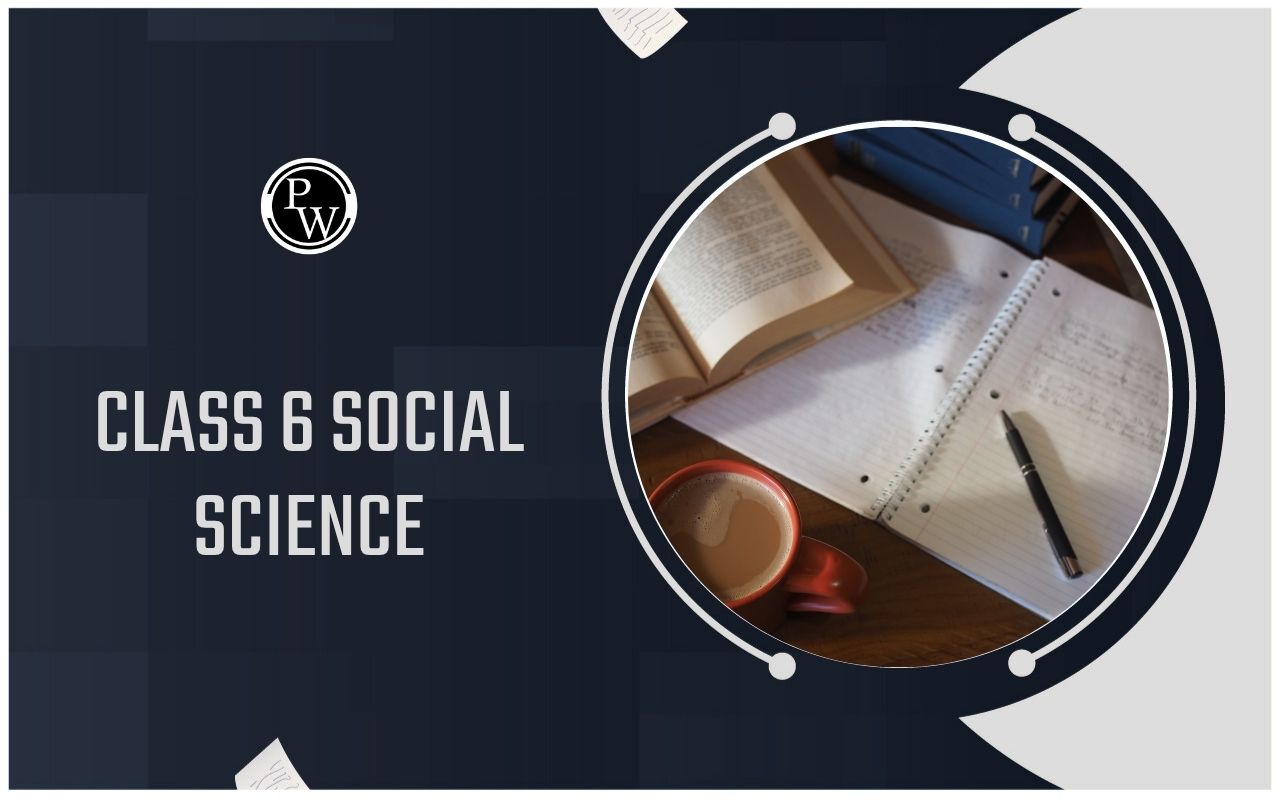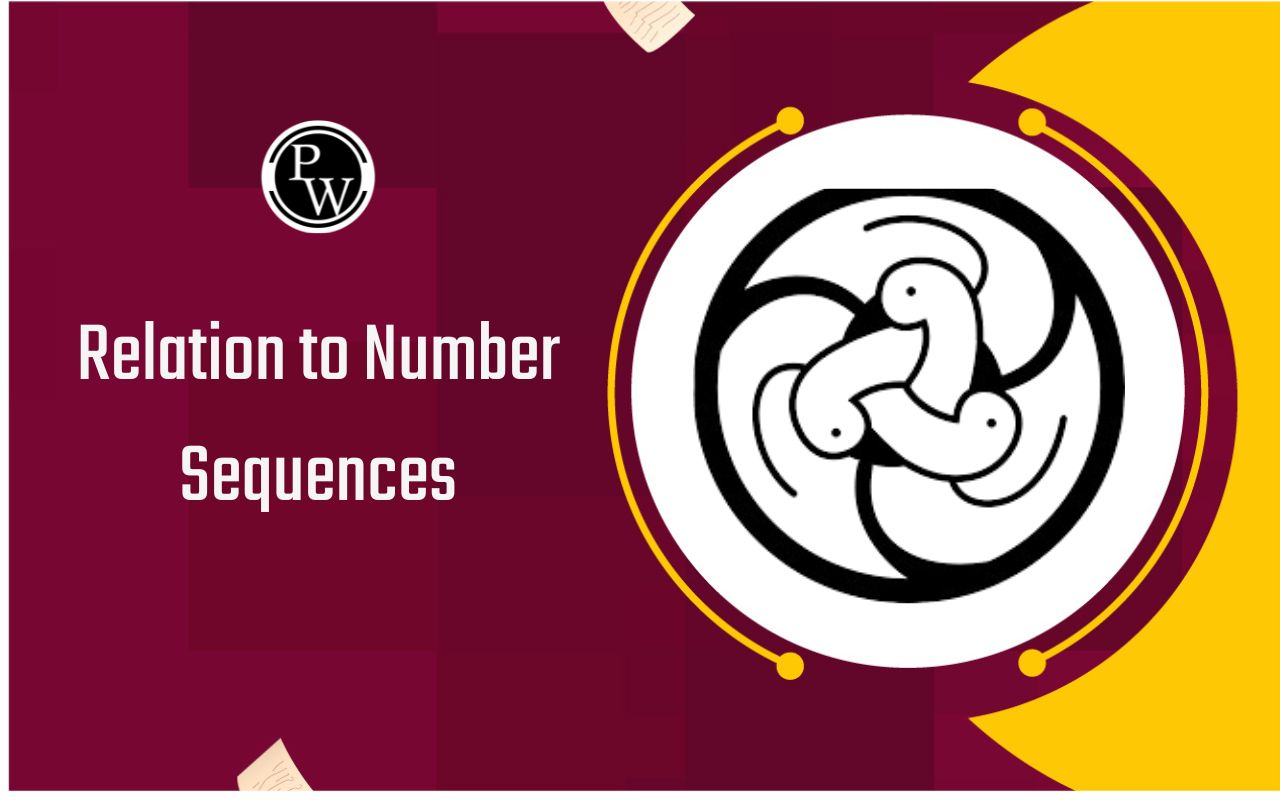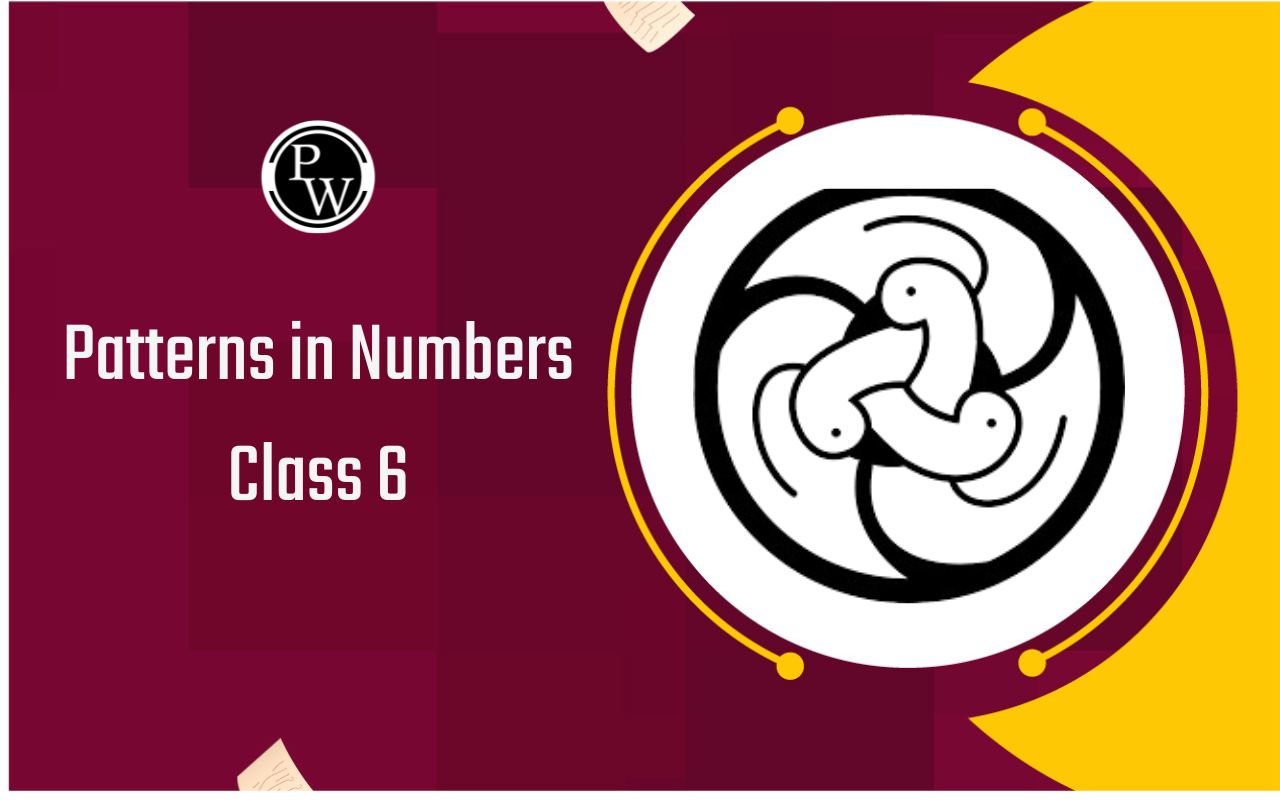
CBSE Class 6 Social Science Geography Notes Chapter 4: CBSE Class 6 Social Science Geography Notes Chapter 4 Maps, introduces students to different types of maps and their uses. A map is a representation of the Earth's surface on a flat surface, showing countries, cities, rivers, and other geographical features.
The chapter explains different types of maps: physical maps show natural features like mountains and rivers, political maps display boundaries, and thematic maps focus on specific information such as climate or population. It also covers essential components of a map, including scale, symbols, and direction, helping students understand how to interpret and use maps effectively.CBSE Class 6 Social Science Geography Notes Chapter 4 Overview
CBSE Class 6 Social Science Geography Notes Chapter 4 Maps is essential as it lays the foundation for understanding how to visualize and interpret geographical information. Maps are crucial tools in geography, enabling us to represent the Earth’s surface on a smaller scale. This chapter introduces students to various types of maps—physical, political, and thematic—each serving different purposes. It also highlights important elements like scale, symbols, and direction, which are fundamental in reading and using maps accurately. The chapter teaches students how maps simplify complex information, making it easier to understand the world around them. Understanding maps is a key skill for students as they advance in geography, allowing them to explore more complex topics like climate patterns, population distribution, and historical events. This chapter is a stepping stone for developing spatial awareness and analytical skills.CBSE Class 6 Social Science Geography Notes Chapter 4 PDF
Here we have provided CBSE Class 6 Social Science Geography Notes Chapter 4 Maps pdf for the ease of the students so that they can use this pdf offline.CBSE Class 6 Social Science Geography Notes Chapter 4 PDF
CBSE Class 6 Social Science Geography Notes Chapter 4 Maps
Below is the CBSE Class 6 Social Science Geography Notes Chapter 4 Maps - Map: A map is a depiction, or sketch, of the entire or a portion of the earth's surface made on a level surface using a scale. Atlas: An Atlas is created by compiling numerous maps. Atlases are drawn on numerous scales and come in a variety of sizes and specifications. They are of several map kinds. A few of them are explained hereunder.Physical Maps
Physical or relief maps are those that display the earth's natural characteristics, such as mountains, plateaus, plains, rivers, and oceans.Political Maps
Political maps are those that display cities, towns, and villages along with the borders of various states and nations.Thematic Maps
The term "thematic map" refers to some types of maps that highlight particular data, like road maps, rainfall maps, and maps that display the locations of industries, forests, and other features. Maps consist of three elements: symbol, direction, and distance.Distance
The ratio of the distance on the map to the actual distance on the ground is called scale. In any map, scale is crucial. You can determine the distance on a map between any two locations if you know the scale. We utilise a modest scale for depicting enormous places on paper, such as continents or countries. We refer to it as a small-scale map. We utilise a large size of 5 cm for depicting a tiny area on paper, such as your town or hamlet. We refer to it as a large-scale map.Direction
The North, South, East, and West are the four main directions. We refer to them as cardinal points. North-east (NE), southeast (SE), south-west (SW), and north-west (NW) are the other four intermediate directions. A compass can be used to determine the direction of a location. It is a tool for determining the primary directions. Its magnetic needle is always pointing in the direction of north and south.Symbols
It is the map's third crucial element. It is impossible to accurately depict the size and form of many features, such as roads, buildings, etc., on a map. Therefore, specific letters, hues, colours, images, and lines are used to illustrate them. These symbols condense a great deal of information into a little area. Everyone can understand the global language of maps. An international agreement governs how these symbols are to be used. We refer to these as conventional symbols. Different hues serve the same function. For instance, plains are typically represented by green, mountains by brown, plateaus by yellow, and water bodies by blue.Sketch
A sketch is a drawing that is not scaled and is primarily based on spot observation and recollection. To indicate a place's location in relation to other locations, an area may occasionally need to be roughly drawn. A sketch map is a rudimentary drawing that is made without using a scale.Plan
A large-scale sketch of a limited region is called a plan. Although a large-scale map provides a wealth of information, there are some things we may occasionally want to know that are not included on a map, such as the length and width of a room. By then, we may make use of plans, which are drawings made to a scale.Benefits of CBSE Class 6 Social Science Geography Notes Chapter 4
The benefits of studying Chapter 4, Maps , in CBSE Class 6 Social Science Geography are numerous, providing students with essential skills and knowledge:Understanding Geography : Maps help students comprehend geographical features like continents, oceans, mountains, and rivers, making geography more accessible and visual.
Improving Spatial Awareness : Learning about directions, scale, and distance helps students develop spatial thinking, an important life skill.
Interpreting Data : Maps simplify complex information, allowing students to interpret population density, climate, or economic activities with ease through thematic maps.
Foundation for Future Learning : Mastering map skills early on sets a solid foundation for studying more advanced topics in geography and other subjects.
Real-World Application : Map reading is a practical skill, useful for travel, navigation, and understanding global events.
Enhances Critical Thinking : Analyzing maps helps students improve their observation, comparison, and problem-solving skills.
CBSE Class 6 Social Science Geography Notes Chapter 4 FAQs
How are maps useful to us?
What is special about maps?
Why do we prefer maps?
What are advantages of map?








